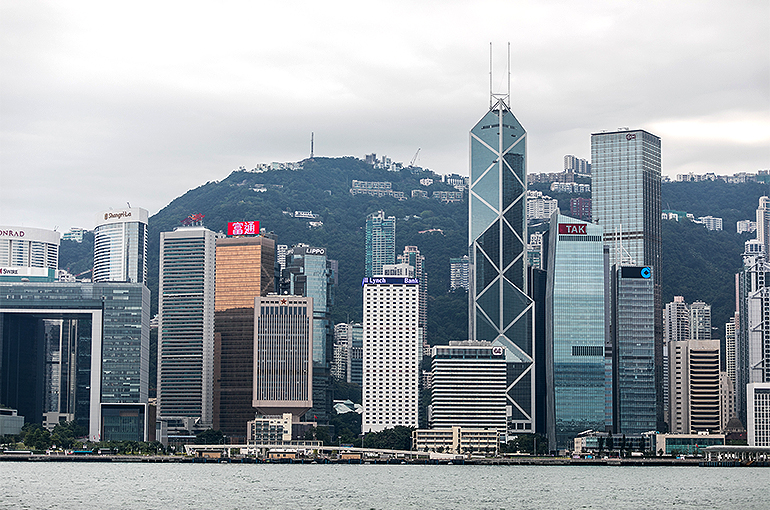 R&D Outlays in China's Greater Bay Area Climb to USD64.1 Billion, Boosting Regional Innovation
R&D Outlays in China's Greater Bay Area Climb to USD64.1 Billion, Boosting Regional Innovation(Yicai) Aug. 16 -- Research and development expenses of China’s Guangdong-Hong Kong-Macao Greater Bay Area have maintained stable growth in recent years to provide guarantees for the innovative development of regional industries, according to a recent blue book.
The Greater Bay Area’s R&D spending totaled CNY460 billion (USD64.1 billion) last year, up from CNY447.8 billion in 2022 and CNY408 billion in 2021, according to the regional development blue book released by Guangzhou University and Social Sciences Academic Press on Aug. 13.
The continued R&D investment expansion guarantees that the Greater Bay Area realizes the integrated development of the industrial and innovation chains, the blue book noted. The diversified development of the modern industrial system provides the region with sufficient space for such development.
Some 221 of the 277 new R&D institutions recognized by the Guangdong provincial government in 2022 were in the Greater Bay Area, as it gathers many science and technology business incubators and small- and medium-sized enterprises with unique technological capabilities, according to the blue book.
Shenzhen ranked first among cities in the Greater Bay Area by R&D spending in 2022, with CNY188 billion, followed by Guangzhou at CNY98.8 billion (USD13.8 billion), Dongguan at CNY45.9 billion, and Foshan at CNY36 billion. They are all major manufacturing cities.
Hong Kong, Huizhou, Zhuhai, and Zhongshan each invested over CNY10 billion in 2022, while Jiangmen, Zhaoqing, and Macao invested less than that.
The Greater Bay Area’s R&D intensity, which is the ratio of a region’s gross domestic product invested in R&D, reached 3.4 percent in 2022, surpassing Germany and Japan at 3.14 percent and 3.26 percent, respectively, and getting close to the United States at 3.45 percent.
Shenzhen’s R&D intensity was 5.81 percent in 2022, higher than Israel’s 5.44 percent, the highest among countries. Dongguan’s R&D intensity was 4.1 percent, close to second-ranked South Korea’s 4.81 percent. Huizhou, Guangzhou, Zhuhai, Foshan, and Zhongshan had R&D intensity higher than China’s average of 2.54 percent.
With the help of the science innovation platform created by Guangzhou, Shenzhen, Dongguan, and other cities, the Guangzhou-Shenzhen-Hong Kong-Macao Science and Technology Innovation Corridor is becoming a major industrial innovation force in the Greater Bay Area.
Editors: Tang Shihua, Futura Costaglione